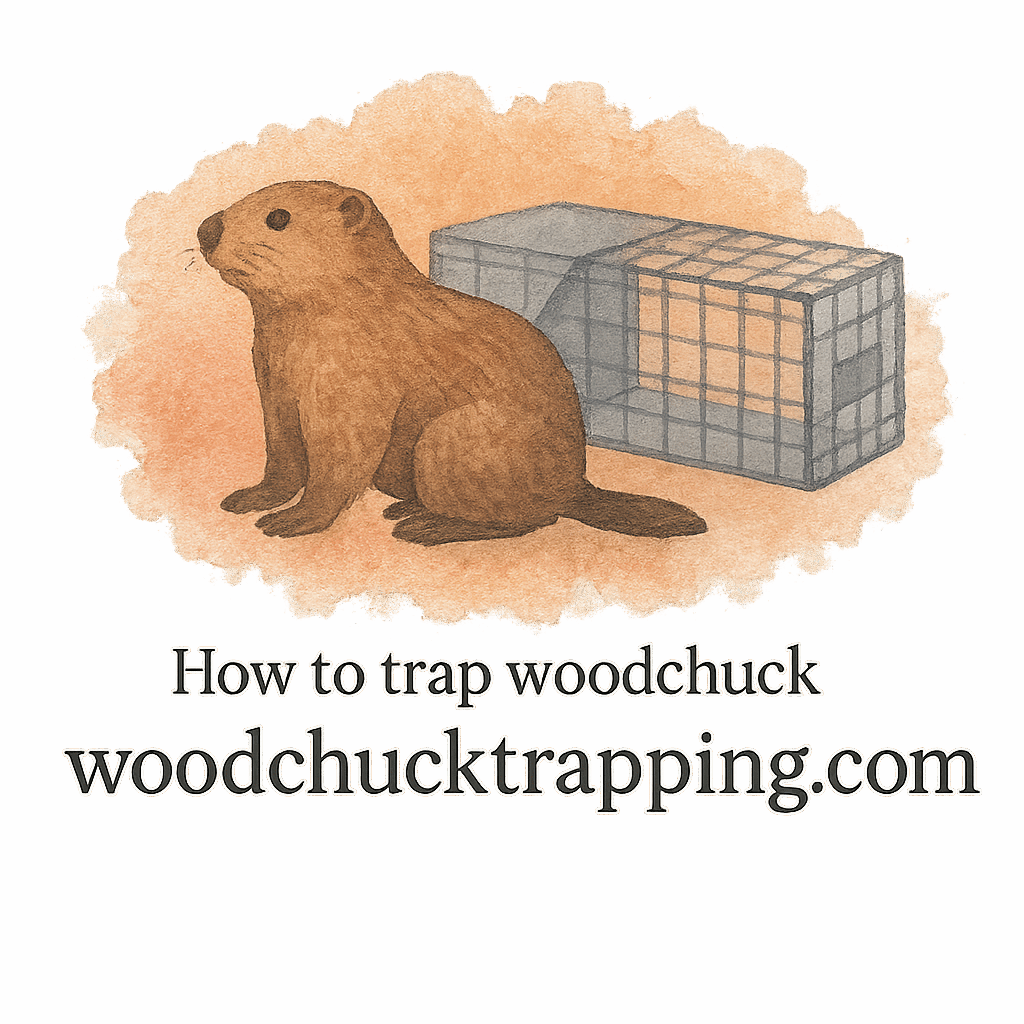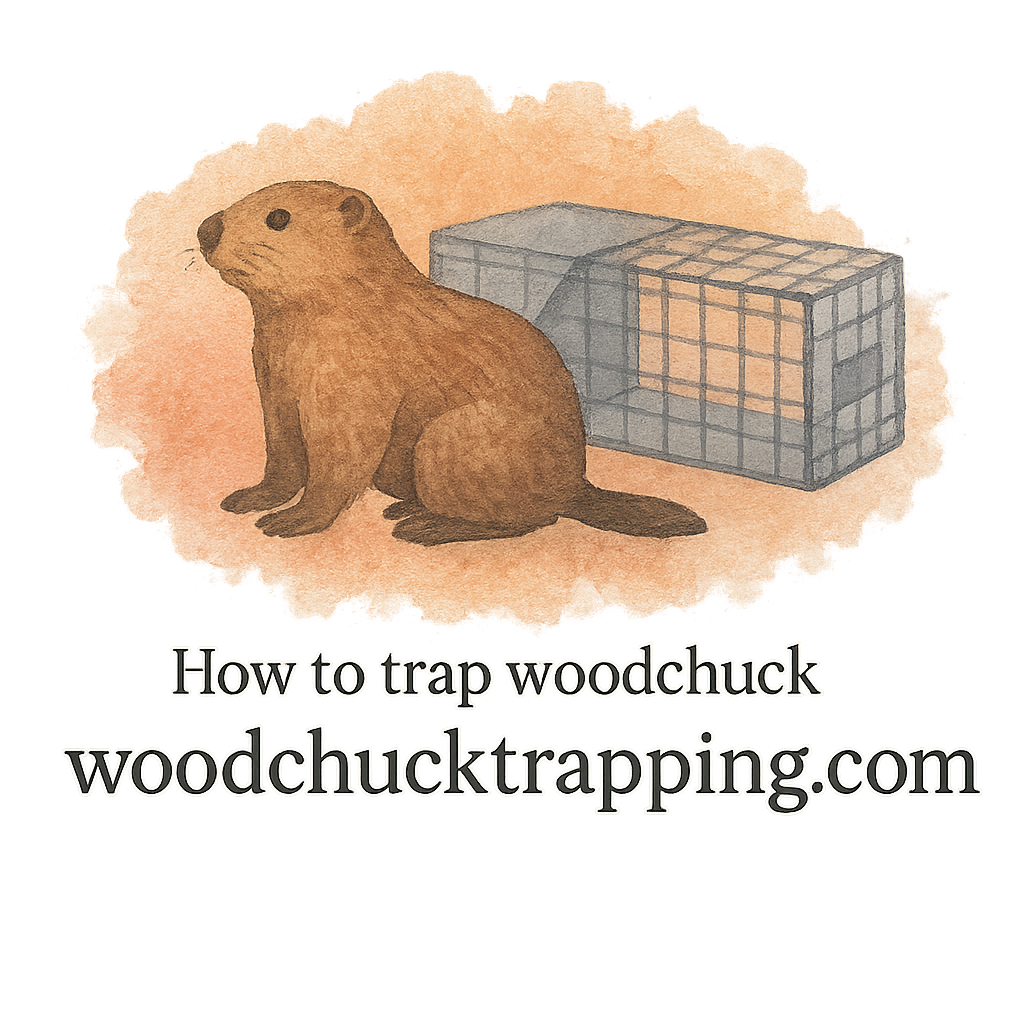Introduction
If you’ve ever walked out to your garden only to find your lettuce nibbled down to a stub or your flowers mysteriously disappearing, chances are you’ve met a woodchuck without realizing it. These burrowing creatures may look harmless, but for home gardeners, they can become a nightmare. The good news? Mastering a few woodchuck trapping techniques can help you reclaim your yard and protect your hard work.
In this article, we’ll explore eight practical ways these trapping methods benefit gardeners. We’ll also dive into tools, safety tips, prevention strategies, and essential resources to help you succeed.
Understanding Woodchuck Problems in Gardens
Before jumping into solutions, it’s important to understand why woodchucks are such persistent garden invaders.
Why Woodchucks Love Home Gardens
Woodchucks are opportunistic feeders. Your garden is like an all-you-can-eat buffet filled with fresh greens, fruits, and flowers. From clover to beans, they love it all. And once they find your garden, they’re unlikely to leave on their own.
Common Signs of a Woodchuck Infestation
Spotting the early signs of an infestation gives you a head start in controlling damage.
Recognizing Burrows
Look for large holes in your yard surrounded by mounds of dirt. These are woodchuck burrows, often dug near sheds, fences, or garden edges. Learn more about burrows and how they impact your property.
Identifying Yard Damage
Chewed plants, missing vegetables, and trampled soil beds are clear signs. Explore more details on yard damage caused by woodchucks.
Benefits of Using Woodchuck Trapping Techniques
Here’s where the real value comes in. By using proper trapping techniques, gardeners gain multiple advantages.
1. Protecting Vegetable Beds
Vegetables are prime targets for woodchucks. Trapping ensures your tomatoes, beans, and lettuce don’t end up as free meals.
2. Safeguarding Flower Gardens
It’s frustrating to watch your blooms vanish overnight. Effective trapping stops woodchucks before they munch on your flowers.
3. Preventing Structural Damage from Burrows
Burrows can weaken soil around sheds, decks, and even foundations. Using proven trapping techniques minimizes costly repairs.

4. Reducing Long-Term Yard Damage
Unchecked, woodchucks multiply and cause repeated damage. Trapping helps break the cycle and reduces the chance of recurring infestations.
5. Promoting Humane Wildlife Management
Modern trapping tools allow for humane capture, making relocation possible. This aligns with ethical gardening and humane practices.
6. Cost-Effective Pest Control Solution
Hiring professionals can get expensive. Learning how to trap woodchucks yourself saves money in the long run.
7. Minimizing Safety Risks for Pets and Children
Burrows create hidden holes that can injure pets or kids running in the yard. Trapping removes the source of the danger, improving overall safety.
8. Supporting Sustainable Gardening Practices
Healthy gardens thrive when protected from constant damage. Trapping supports sustainable practices, ensuring your garden grows season after season.
Essential Tools for Effective Woodchuck Trapping
No carpenter builds without tools—and the same goes for gardeners handling pests.
Compact Traps and Trap Gear
Compact traps are space-efficient, ideal for a small yard. Pair them with durable trap gear for better results.
Using Gloves and Safety Equipment
Always wear gloves when handling traps to mask human scent and ensure safety.
Baits, Lures, and Trap Scents
The right baiting and luring strategy increases success. Experiment with fresh produce and effective trap scents to draw woodchucks in.
Step-by-Step Guide: How to Trap a Woodchuck
Ready to roll up your sleeves? Here’s a simple breakdown.
Choosing the Right Trap
Browse trusted equipment reviews to find a sturdy trap suitable for your space.
Baiting and Luring for Success
Fresh apples, carrots, and leafy greens paired with the right lure work wonders.
Placement and Handling of Traps
Position traps near active burrows or along paths. Handle with care, ensuring humane capture and proper handling once the animal is caught.
Safety, Laws, and Ethical Considerations
Trapping is effective, but it comes with responsibilities.
Local Laws and Trapping Regulations
Check your region’s laws and safety rules. Some areas restrict relocation, while others encourage humane release.
Humane Handling of Trapped Animals
Always prioritize humane practices when dealing with a trapped animal. Quick response prevents stress and harm.
Prevention Strategies Beyond Trapping
Trapping is step one. Prevention ensures woodchucks don’t return.
Protecting Small Yards and Minimal Spaces
Compact spaces require creative solutions. Learn how to guard minimal space areas effectively.
Techniques for Long-Term Yard Protection
From fencing to repellents, discover proven techniques to keep your garden safe. Dive deeper into damage prevention strategies that complement trapping.
Conclusion
Woodchucks may be persistent, but with the right knowledge, you’re more persistent. By applying proven woodchuck trapping techniques, gardeners can protect their crops, flowers, and yards while keeping things humane and sustainable. Armed with the right traps, baits, and strategies, you’ll finally enjoy your garden without uninvited nibblers.
FAQs
1. What’s the best bait for trapping woodchucks?
Fresh fruits and vegetables like apples, carrots, and lettuce work well, especially when paired with a good scent bait.
2. Are woodchuck traps safe to use around pets?
Yes, as long as you follow safety guidelines and place traps strategically away from pet paths.
3. Can I trap woodchucks in a small yard?
Absolutely. Compact traps are designed for small yard use.
4. Do I need a permit to trap woodchucks?
It depends on your location. Always check local laws before trapping.
5. How do I handle a trapped woodchuck safely?
Use protective gloves and follow handling best practices to avoid injury.
6. What if trapping doesn’t solve my problem?
Combine trapping with prevention methods like fencing and repellents for maximum effectiveness.
7. Are there humane alternatives to lethal traps?
Yes, many humane live traps exist that allow for safe relocation when legally permitted.


